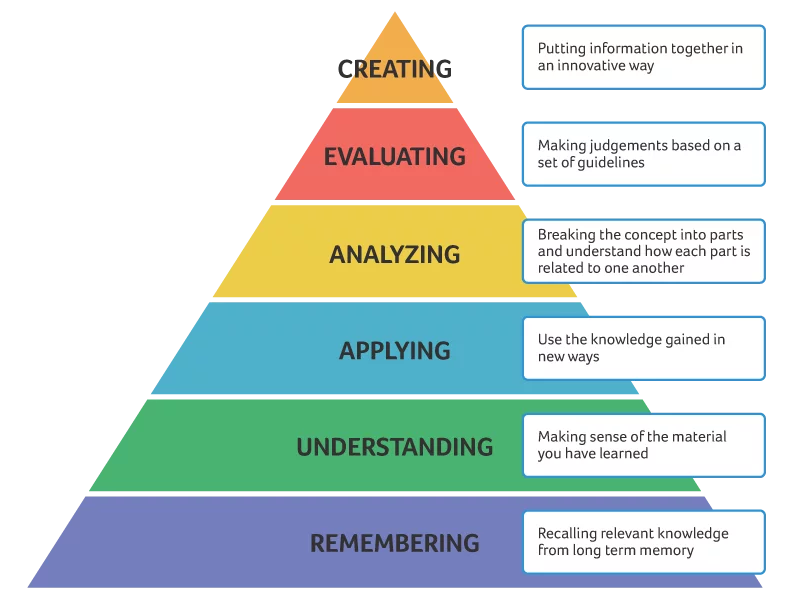Decisions about Obedience Instruction Standards are Guided by Careful Attention to the Training Process, Outcome, and Maintenance by the following priorities:

Training Process:
- Doable by the largest amount of people.
- Effective on the greatest amount of dogs.
- Lowest amount and magnitude of psychologically and physically aversive processes used to reach training goals. Aversive processes include but are not limited to:
- Deprivation
- Frustration
- Physical discomfort/pain
- Fear
- Lack of negative emotional states and presence of genuine positive emotional states while learning and obeying commands, by evidence of correct interpretation. For clarification:
- A wagging tail on an otherwise frustrated or anxious dog is not an example of an overall positive emotional state.
- A dog not wagging their tail with otherwise relaxed body language is not an example of a negative emotional state.
- Least chance of physical harm to the handler and dog.
Obedience Outcome:
- Obedience is reliable on one command in most environments in the presence of the strongest competing motivators.
- Obedience is reliable without the presence of physical restraints such as leashes or physical barriers.
- Evidence of an overall positive mental state while obeying commands.
- In the event of disobedience, there is evidence of an overall confident mental state during and immediately after receiving a “correction” to obey.
Maintenance Plan:
- Cynopraxic
- Supports the freedom, pleasure, and safety interests of the dog.
- Technologically analyzable


Responses